III Kotchoubey Readings: a New Format of Digital Interaction
On October 9, III International Kotchoubey Readings came to a close. This year the event was held in an online format for the first time ever. Let us review what subjects were discussed by the experts during the conferences, and what results students achieved in the project ‘Digital solutions for private collectors’
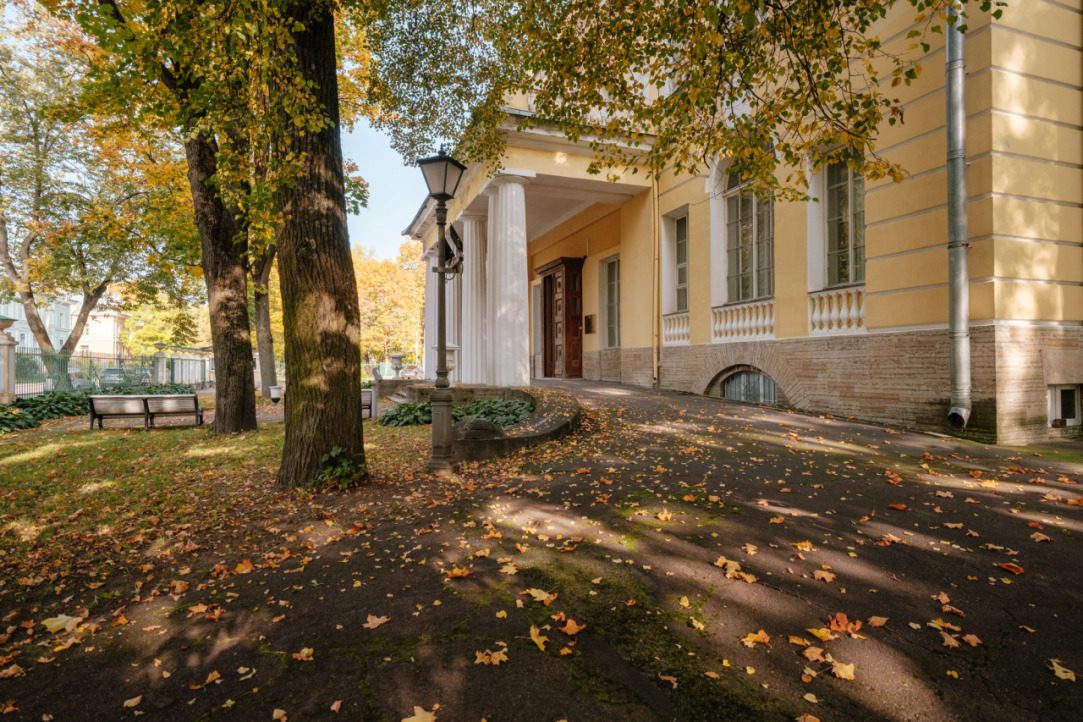
Every year Russian and international experts gather at Kotchoubey readings to discuss the phenomenon of private collections and its role in the preservation of cultural heritage. This year’s conference was devoted to the subject of applying digital instruments to working with collections.
During his welcome speech, Director of HSE University – St Petersburg underlines that the subject ‘Private Collections and Digital Technologies’ sounds very common in 2020, and distance events had become a natural part of our lives, given that in winter the transfer to online seemed completely irrealistic. According to the Director, digital technologies are a way to find a balance between online and offline, and HSE University, just like other educational and cultural institutions, is in the process of search.
This year’s distance mode allowed to expand the geography of the conference.
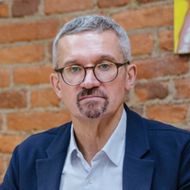
Sergey Kadochnikov
Director, HSE University – St Petersburg
We managed to reach a wider audience through the online format — the conference was attended by observers and experts from different Russian regions, including Moscow and Perm campuses of HSE University. We also attracted many foreign experts from Estonia, Italy, France, Canada — their participation would hardly be possible without such a simple instrument as online broadcast.
Despite the presence of many positive aspects of an online event, Prof Kadochnikov expressed hope that next year the conference will again take place in Kotchoubey Centre, where all the participants will experience the cultural and historical atmosphere of Tsarskoye Selo and Kotchoubey Family.
Student projects for private collections
Students of HSE - St Petersburg took part in the III Kotchoubey Readings as speakers (Master’s programme ‘Cultural and Event Tourism Management' and Bachelor’s programme ‘History’). They presented the results of their work in the frames of the online project ‘Digital Solutions for Private Collectors’.
One of the groups worked under the guidance of Aleksandra Murre - Director of the Kadriorg Art Museum in Estonia. Students presented the platform developed on the basis of the private collection of art experts Sergey and Tatiana Podstanitskye. Their development serves as a public database, which can be used by the owners of the collection, museum managers and all Internet users, who are interested in this subject. It presents a solution for the problem of the collection management, navigating the objects and monitoring their movement between exhibitions. Besides, due to the detailed descriptions, the database would be very useful for the researchers, looking for detailed information on this or that artifact.
The second group worked with the presentation of the Ethiopian collection of the Museum of Russian Icons in the digital environment. Students were guided by the Deputy Director of the Museum Sergey Bogatyrev. The students analyzed the digitalized collection and proposed the ideas on its positioning for the Russian audience. The group also developed recommendations on improving the collection´s visualization on the web-site and suggested providing the users with an opportunity to share their impressions in social media.
Both groups underlined that the experience of interdisciplinary work was of great importance for them, as currently to work with collections in a digital environment, it is important to have the knowledge of art experts and historians, as well as possess the skills of managers. Besides, the projects helped the students to develop their applied skills: try their hand at websites development, working with databases and audience analysis.
Dinara Gagarina, an expert from HSE campus in Perm, Dean of the Faculty of Social Sciences and Humanities, gave comments on the work of the groups. The speaker noted the in-depth analysis, systematic approach and a strong focus on the specific problems of museums and collections.
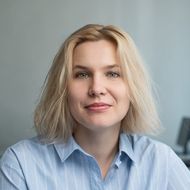
Dinara Gagarina,
Dean of the Faculty of Social Sciences and Humanities, HSE University – Perm
I am very happy to observe the university’s collaboration with museums, especially with the private ones. It seems to me that such student projects have great potential. This interdisciplinary interaction of the university as an educational institution with museums, as cultural institutions, helps our programmes to become better and helps museums to know better the researches and society. Besides, this interaction helps to exchange experience
Participants of the session agreed on the fact that interdisciplinary project groups should expand their activities in the future. It is important to attract to them students and professionals from the IT sphere, museum and art experts, to achieve better results and avoid mistakes in using new technologies.
Digital exhibitions and working with archives: expertise and cases
During the III Kotchoubey Readings, the experts presented their expertise in working with digital exhibitions in the frames of several sessions. Their presentations became part of the discussion on the changes pandemics brought to the work of museums.
Deputy Director for Digital Development of The Pushkin State Museum of Fine Arts, Vladimir Opredelenov, told about virtual exhibitions and tours, which are open for the visitors on the museum website and shared the experience of switching to online mode.
One of the projects the museum is implementing currently is the development of a digital version of the exhibition ‘From Dürer to Matisse’. It is a 4D space, allowing visitors to move as if they were in the real museum. Visitors have a chance to peer around every corner, see 3D objects, read all the information about them, and listen to the audio description. During pandemics, the museum staff members also worked for this project – they were holding online excursions for the visitors.
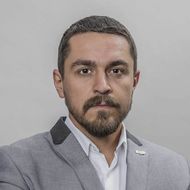
Vladimir Opredelenov,
Deputy Director for Digital Development of The Pushkin State Museum of Fine Arts
About seven million people have already attended the online exhibition, while more than one and a half million could do that in an offline mode during the year. Besides, 60% of the visitors are from Russian regions.
Many people would like to get acquainted with the arts, but not all of them have such an opportunity. Thus, for us, the question of the importance of a virtual component simply ceased to exist. We no longer divide visitors to virtual and real ones; we have our visitors who can come to us online or offline, and this does not make any difference for us.
Pushkin museum also works on the project ‘100 ways to live a minute’ – an online exhibition platform, where visitors can get acquainted with the works of art from Russia and other countries and listen to the stories of artists and curators about different objects and working with them.
Irina Guzevich, a research fellow of Maurice Halbwachs Center of the School of Higher Social Research in France, presented her idea for the project ‘100 ways to live a minute’. She proposed recreating the Agustín de Betancourt’s Cabinet of Machinery collection in Madrid. Many documents and artefacts have been lost, while the rest artifacts are in various museums and private collections all around the world. The theme exhibition would help to gather all the pieces in one place and make models of the lost mechanisms and machines.
Olga Sviblova, Director of Multimedia Art Museum, supported the discussion on museum development in the digital environment. The speaker highlighted the importance of museums’ transition to digital and outlined the problems faced by today’s cultural institutions.
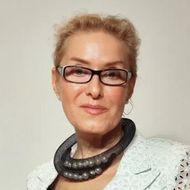
Olga Sviblova
Director of Multimedia Art Museum
I believe that digitalization is a must for all museums with no exceptions. We should understand that children are different now, and it is more natural for them to perceive the world through a [mouse] click. Few kids will visit museums. It goes without saying that we should preserve the [physical] space to let one meet art, but the new generation will be living online. We are witnessing the birth of new art, that is why there must be new platforms and regulations to work with post-Internet art.
Anastasia Pavlovskaya, editor of the Center for the Study of Ego-Documents ‘Prozhito’, shared her experience of working with private archives. The centre is digitizing diaries, photos, personal notes and papers. Since 2015, the website has been maintaining digital archives in Russian, and more than 800 volunteers are working with it now.
During her presentation, Anastasia raised an issue of what can be considered as family archives and how to understand what materials deserve to be digitalized, considering that the project ‘Prozhito’ believes that any personal experience is important for learning the past as well as doing research. After all, a document that one historian finds unnecessary may seem valuable to another.
Aleksandra Murre supported Anastasia’s speech and highlighted that in the world full of politics and contradictory information in media, private archives is a source of true stories for both scholars and casual users.
Digital Technologies in Offline Exhibitions
Today not only online platforms use new technologies to work with collections. Cultural institutions incorporate new knowledge into offline exhibitions to enhance visitor and spectator experience. Alexandre De Vogüé, Co-owner of Château de Vaux le Vicomte in France, introduced such an example.
To attract tourists in the castle, it was necessary to create a tour through which visitors could immerse themselves in the history of the Palace and the period of 300 years ago. However, managers and the museum staff deliberately abandoned the idea of implementation tablets and projectors into the tour not to create distractions for their audience.
An engaging historical narrative voiced by professional actors was developed for the visitors of the castle, who immersed themselves into the atmosphere of the castle via 3D sound in headphones. The story and the perception of it were thought out to take into account even the smallest details. Extraneous sounds such as the rustle of dresses, tramping, snap of fire were included in the audio. As a result, visitors use a technology that does not distract them from the exhibition but rather helps them to dive into a tour around the castle and feel the spirit and sense of the place.
Egor Yakovlev, Co-Founder and Development Director at izi.TRAVEL, presented an audio solution for museums and city exhibitions to the conference participants. The company suggests cultural institutions and exhibition authors create and publish audio guides on the platform izi.TRAVEL. It is possible to record them even for private collections of various scale engaging visitors in family history.
Joost Schokkenbroek, Executive Director of Vancouver Maritime Museum, presented an example of the integration of a private narrative into a common history. The National Maritime Museum in Amsterdam hosted an exhibition devoted to the 75th anniversary of the liberation of the Netherlands from the fascist occupation. Especially for the event the Museum recorded an interview with one of the residents of Amsterdam, who had been going through all the period of occupation in the city. She shared her personal history and archives that were introduced into the entire exhibition.
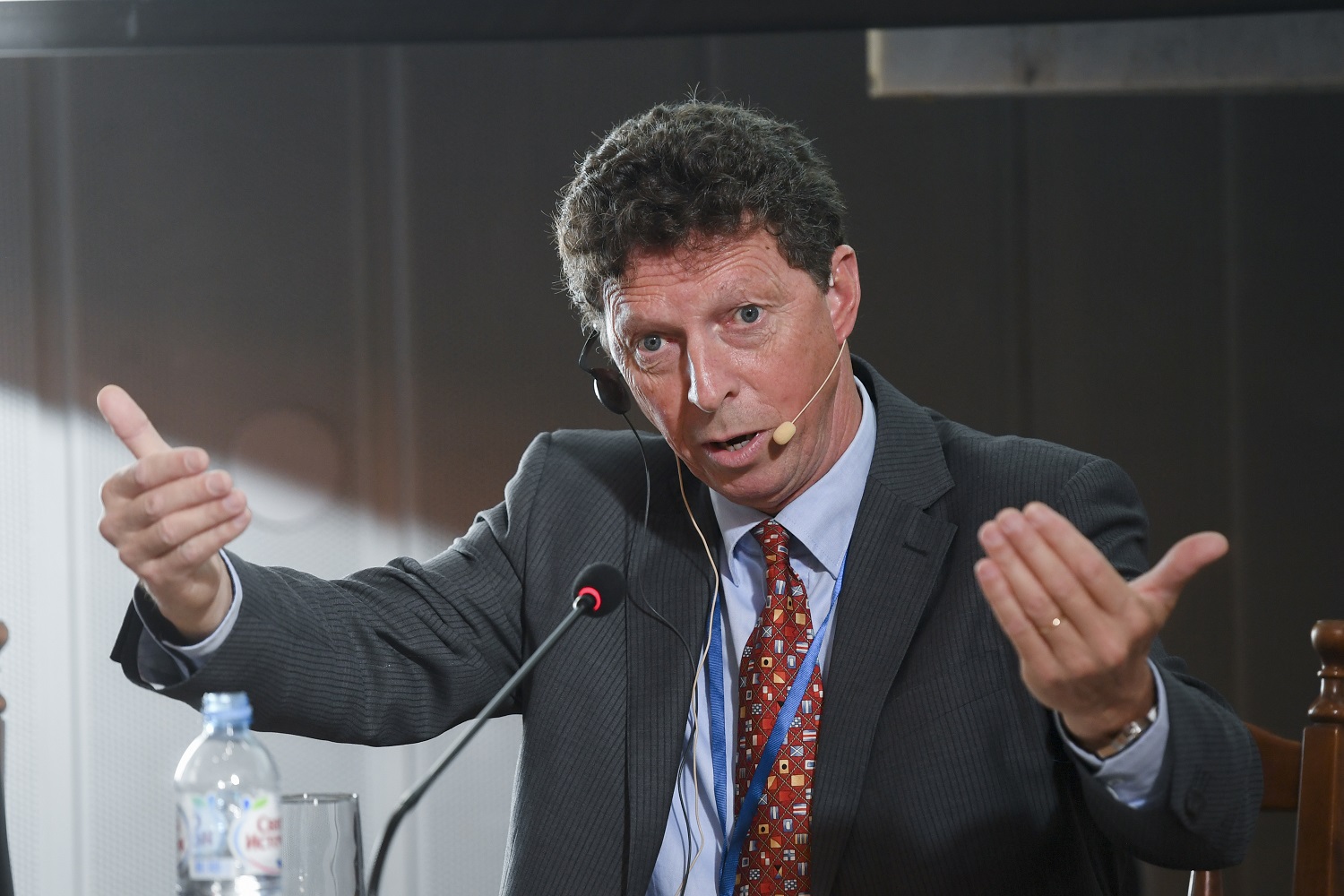
Irina Smirnova, Curator of Science, Education and Culture Projects at Panasonic Russia, spoke about digital solutions for museums. In particular, she talked about an exhibition of Alexander Solzhenitsyn House of Russia Abroad devoted to immigrants, for which the company Panasonic Russia designed an immersive installation of reconstructed chronicle to let visitors see the history with their own eyes.
Collaboration with State Platforms
At the end of the second day of the event, Vadim Vankov, Director of the Department of Information and Digital Development of the Ministry of Culture of the Russian Federation, gave a speech. He was talking about the platform ‘PRO.Culture.ru’, which brings together the professional museum community. The platform publishes information about various exhibitions and events. It is open for any cultural institution and is integrated with ‘Afisha.Yandex’, which helps increase the reach of potential visitors and spectators, including for online events of museums. More than 70 000 online events have been placed on the platform during the last 8 months.
The national project ‘Culture’ offers museums to use Artefact, a free platform with augmented reality technology where museums can create virtual expositions for their exhibitions.
Even though the III Kotchoubey Readings was entirely held in an online format, all the speakers will receive a souvenir from the organizers – a red handmade heart with two golden crosses embodying an element of the Kotchoubey family’s coat of arms. A gold embroidery artist Galina Gusarova made the souvenirs. They will be sent to commemorate the participation and the fact that the conference has been held under the patronage of the Kochubey family since its inception in 2018.
Sergey M. Kadochnikov
Vladimir V. Opredelenov

